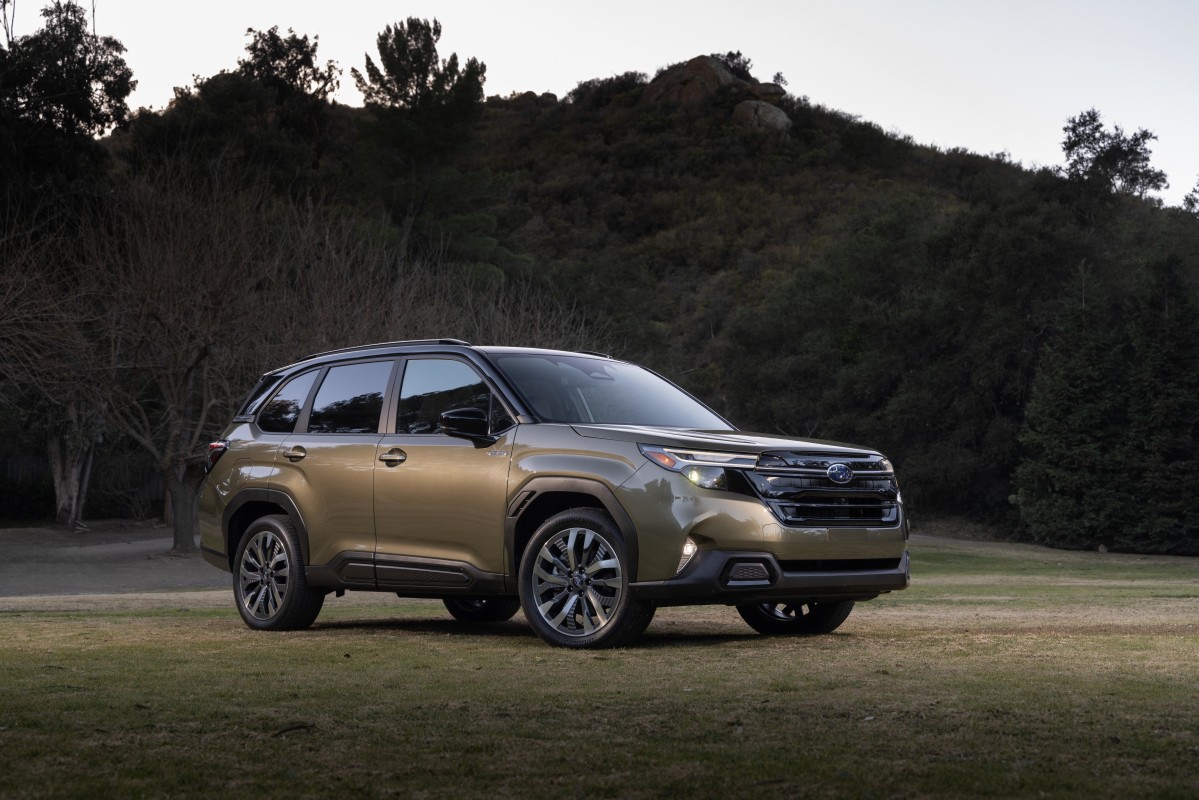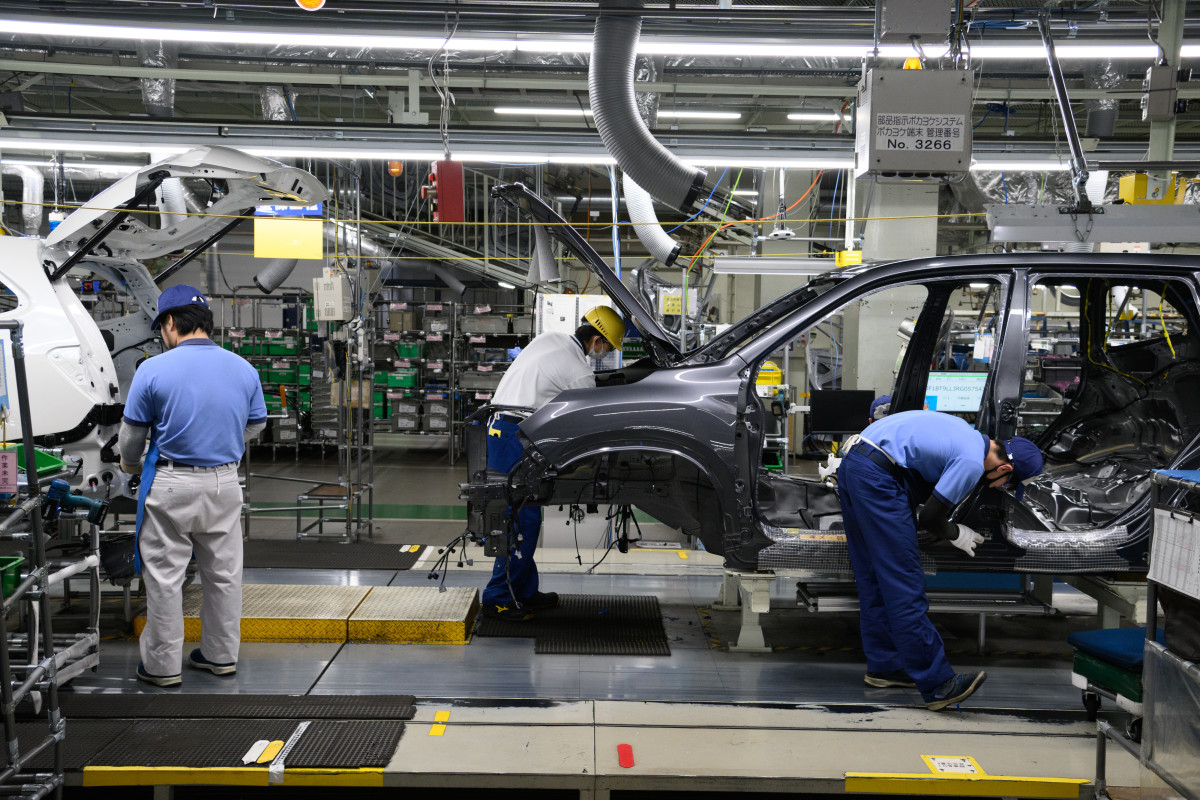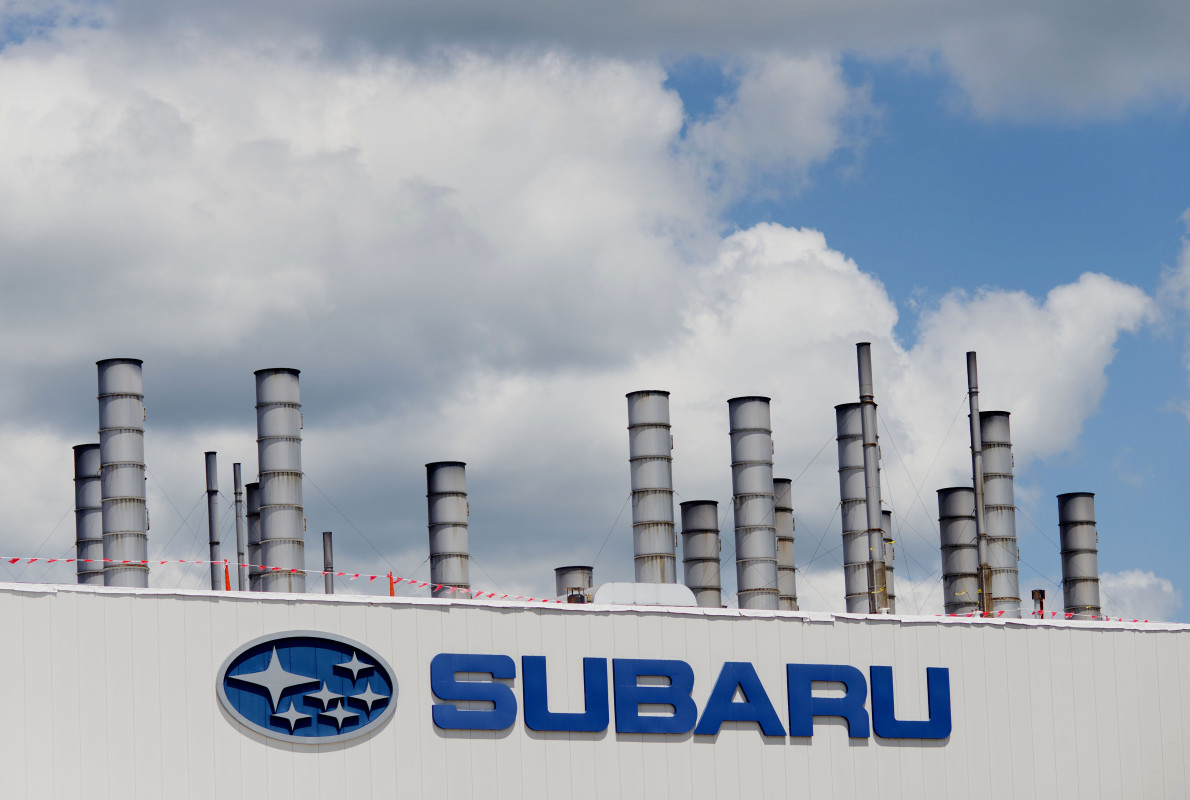Subaru is not backing down
Japanese automaker Subaru is resting on its bestseller, the Forester crossover SUV, to be its north star as it navigates the rough seas caused by the Trump administration’s heavy automotive tariffs. According to a new report by Nikkei Asia, Subaru hopes the new Forester SUV will help cushion the blow from steep tariffs and keep its footing in its most important market. At the company’s annual shareholder meeting in Tokyo this week, Subaru President Atsushi Osaki made it clear that Subaru will stay committed to its stateside customers.
“We’ll overcome this by maintaining the U.S. as our main market and balancing it with Japan and Canada,” Subaru President Atsushi Osaki said at the automaker’s annual shareholder meeting on June 25.

Subaru
Japanese cars, American buyers
To say that Subaru depends on the United States auto market to survive would be an understatement. According to its figures, more than 70% of Subaru’s global sales are in the United States—far more than its Japanese automaking rivals like Honda and Toyota. In fiscal 2024, Subaru sold 662,000 vehicles in the U.S., or 71% of its total global sales of 936,000.
Despite this, Subaru’s manufacturing situation leaves it vulnerable to Trump’s tariffs. Roughly half of Subarus sold in the States are Japanese imports, which means they’re now subject to the 25% tariffs imposed by the Trump administration earlier this year. Subaru estimates those tariffs could cost the company $2.5 billion if they do not work proactively, making its $2.79 billion operating profit from the 2024-2025 fiscal year useless.

Akio Kon/Bloomberg via Getty Images
However, the atmosphere around the shareholder meeting suggested that Subaru would heavily rely on the Forester as a savior for the marque. The latest version of the brand’s most popular SUV first went on sale in the U.S. in 2024 with a purely gasoline version, followed by a Toyota-developed hybrid model released earlier this year.
Demand is already strong. According to figures from Subaru of America, 15,434 Foresters moved off dealer lots and into the driveways of new owners in May 2025. As of last month, 84,629 Foresters had been sold since the start of this year, a 3.5% year-over-year increase. In addition, Osaki noted that strong Forester sales in Japan could reduce the impact of U.S. tariffs. “The new Forester is performing extremely well,” Osaki said. He also added that the hybrid version was selling beyond its expectations.

Ty Wright/Bloomberg via Getty Images
To help further cushion its tariff impact, Subaru plans to ramp up production in its U.S. factory in Indiana, its only overseas plant that makes finished cars. Starting this fall, Subaru will invest 40 billion yen (~$277 million) to begin producing the new Forester at the plant. The factory currently churns out around 340,000 to 350,000 vehicles annually, but Osaki said it could push past 400,000 with the new investment.
Still, shifting more production away from Japan caused concern among shareholders. Subaru’s domestic manufacturing operations are centered in Gunma prefecture, where many of its suppliers are also based. Osaki acknowledged the dilemma, noting that boosting U.S. output is impossible without its suppliers.
“It’s true that it would improve our ability to deal with the tariffs, but it would be would be difficult without cooperation from all of our suppliers,” Osaki said in response to shareholder questions. “We need to think about this comprehensively.”
Final thoughts
Subaru itself is in a precarious position. Last month, it informed dealers that price increases would add an additional $750 and $2,055 to the cost of vehicles, depending on the model and trim. Specifically, Forester buyers got a price hike between $1,075 and $1,600, depending on trim, while Crosstrek and Impreza buyers got hit by a $750 price bump. At the time, Subaru did not explicitly cite the tariffs as the reason behind the price bumps but noted that they are a response to “current market conditions.”
“The changes were made to offset increased costs while maintaining a solid value proposition for the customer. Subaru pricing is not based on the country of origin of its products,” it said.
Fast-forward to now, it seems that Subaru is proactive in recognizing what is working and what is not, though it is tough to tell what the tariff picture will be. According to a new report by Bloomberg, Japan’s chief trade negotiator Ryosei Akazawa is on his way to Washington, D.C., to hold his seventh round of trade negotiations with his American counterparts.